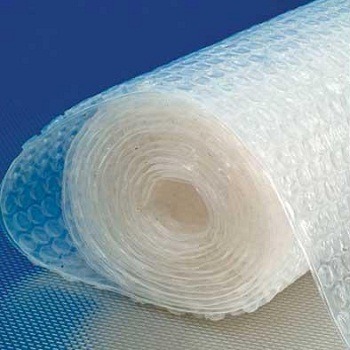 Everyone is familiar with bubble wrap, that ubiquitous packaging material that we see when we un-box a new television set or computer. We use to pop the blisters like crazy when we were kids (and still do now, when no one is looking).
Everyone is familiar with bubble wrap, that ubiquitous packaging material that we see when we un-box a new television set or computer. We use to pop the blisters like crazy when we were kids (and still do now, when no one is looking).
Did you know that the bubble wrap was not meant to be a packaging material? Its inventors, engineers Alfred Fielding and Marc Chavannes, created the first bubble wrap in 1957 by sealing together two shower curtains. The air trapped inside the two plastic sheets produced air bubbles. Fielding and Chavaness initially marketed the product as a wall covering material and eventually as greenhouse insulation. Unfortunately, neither made money.
But the two engineers didn’t lose hope and founded Sealed Air Corporation.
They continued looking for ways to make money with their invention. They finally hit it big when they marketed their product as a protective packaging material and had IBM as their very first client. The computer manufacturer used Sealed Air Corporation’s bubble wrap to protect the IBM 1401 computer during shipment. And the rest, as they say is, history.
Today, bubble wrap is one of the most used packaging material together with Styrofoam blocks and packing peanuts. It provides shock absorption to prevent items, such as electronics and breakables, from getting damaged during the shipping process.
As long as used properly, this packaging material gives shippers some peace of mind: a well-bubble wrapped item will surely arrive in one piece and perfect condition. Just make sure to use the appropriately-sized bubble wrap for your items. Keep in mind that small objects are best wrapped in small bubbles while larger items are better protected by larger bubbles as these offer greater protection. For items requiring extra protection, multiple layers of bubble wrap can be used.
